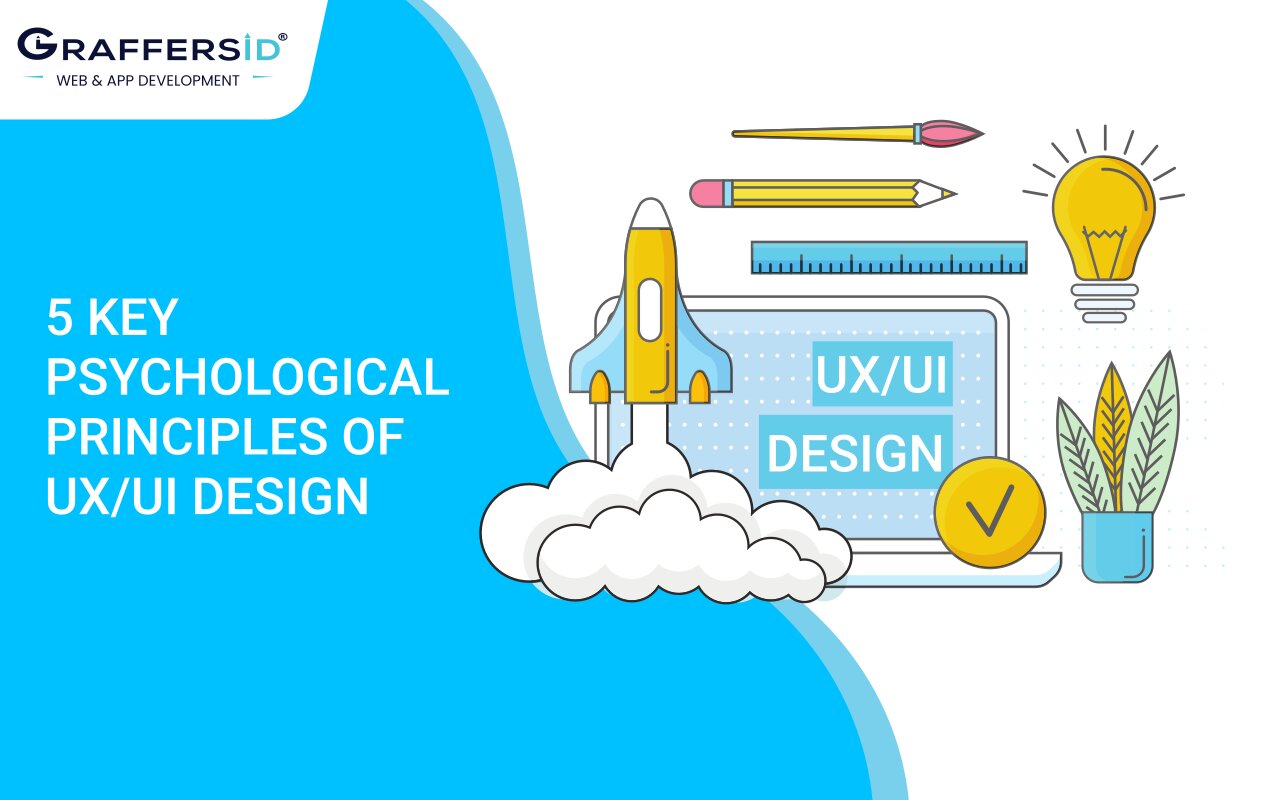Five Key Principles of UX Design
Aug 18, 2023
What is essential for the survival of designers in the ever-evolving scenario of UX and UI? If you take a look at the digital world,...
Services
React, Node, Angular, React Native, PHP, Laravel, .NET, Code Ignitor, WordPress, Python, Django, Android, iOS
Website Development, Mobile App Development, Testing
Website Designing, Mobile App Designing, Portal Designing , Clickable prototyping
Yearly Maintenance, Automation Testing, DevOps
Driving Innovation across Different Industry Verticals
Graffersid intends to help startups to boost their operations and lead market trends across different industry verticals.



What is essential for the survival of designers in the ever-evolving scenario of UX and UI? If you take a look at the digital world,...
ABOUT US
Founded in 2017, GraffersID is a leading IT Staff Augmentation Company that empowers novel organizations towards high paced growth through accomplished developers. We strive to solve development team management issues for startups and help them focus on product growth using latest disruptive technology.
USA
85th Floor, Lower Manhattan, Suite 8500, New York, NY 10007, USA
+1(646)809-7796, +1(310)425-9029


Connect with GraffersID experts to hire remote developer on contractual basis.


